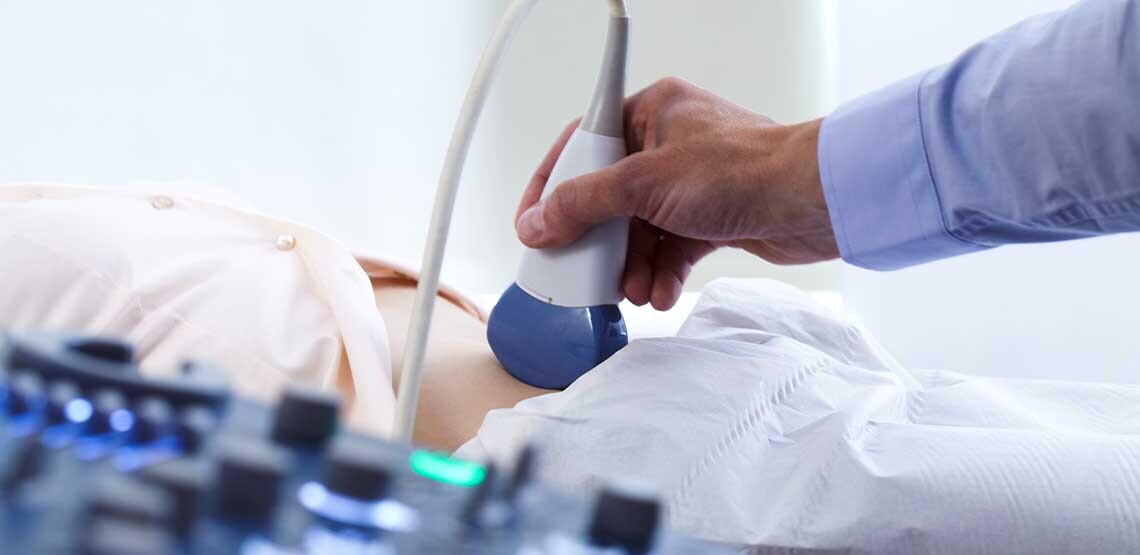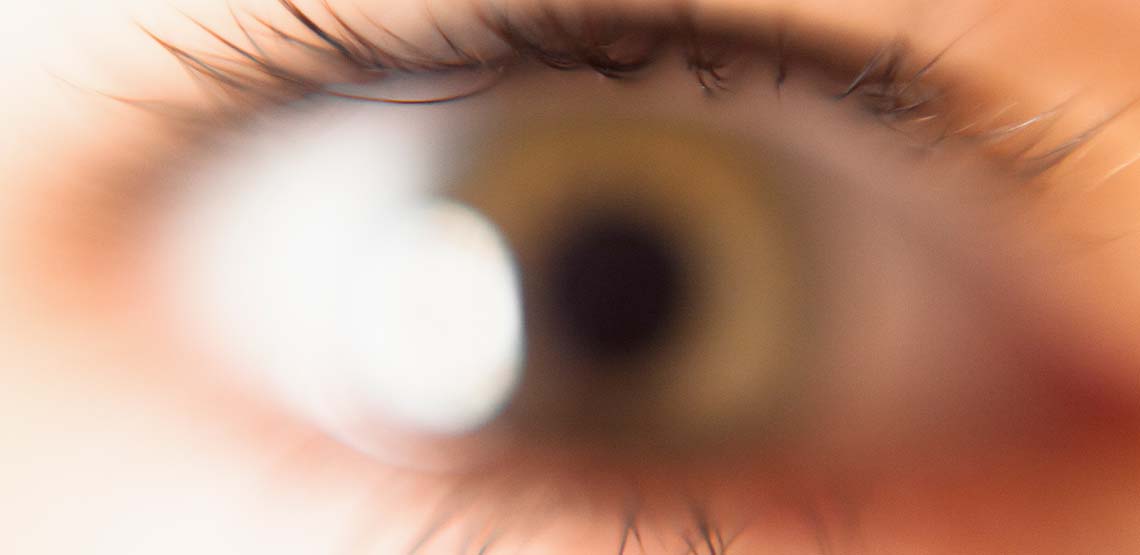What is Ultrasound?
Just what is an ultrasound? What’s the technology and process behind this common procedure? What are they used for in a medical setting, and how does one prepare to receive an ultrasound?
In this article, we’ll answer all these questions and learn the basics of an ultrasound so you can fully understand this common medical practice.
What Exactly is an Ultrasound?
Like with many modern medical procedures, we often forget to stop and ask exactly how an ultrasound works or what is taking place.
In a basic sense, an ultrasound is the same technology that allows underwater explorers or the military to detect ships or wreckage along the ocean floor. In this case, however, a doctor is detecting what’s happening inside the human body.
An ultrasound transducer, also called a probe or wand, passes over the area of the body being examined. In some cases, it may even be placed inside the body. It sends high-frequency sound waves undetectable to the human ear, just as radar or sonar technology does. As these waves hit anything dense like a bone, organs, and tissue, they transmit those signals in the form of echoes back to the monitor, where they reflect an image known as a sonogram.
A significant perk of ultrasound technology is that it’s able to take a peek inside the body, so to speak, without the use of radiation, unlike an x-ray. No radiation is used, and no incisions are needed. Yet, a doctor can get a clear image of what’s happening inside the body.
Though x-rays are another routine option that is perfectly safe, there are concerns about radiation buildup over time. Ultrasound provides a safer and completely risk-free alternative to an x-ray in many instances.
What Are Ultrasounds Used For?
You’ve likely heard of an ultrasound in the context of examining a developing fetus, but ultrasounds are also helpful for patients of all kinds and in all sorts of health conditions.
They’re commonly used for a laundry list of ailments and situations, any time a medical professional needs to take a “peek” inside the body. An ultrasound can help:
- Detect digestive issues such as gallbladder problems
- Examine the bladder or kidneys
- Scan the thyroid
- Monitor bone health
- Locate the root cause of pain or swelling in the joints
- See inside a person during surgery
- Act as a guide while inserting a needle
Related Search Topics (Ads)
Ultrasounds are used in a variety of settings. They are a safe, painless, and easy way to get a clearer sense of what’s happening in the body — without creating an incision or subjecting the patient to the radiation or wait time of an x-ray (the images the ultrasound picks up are visible immediately). For these reasons, ultrasounds are a valuable and commonly used tool in many doctors’ offices.
While ultrasounds are risk-free because they require no radiation, ultrasounds do have some limitations. They aren’t always able to get an adequate picture of an area of the body that may be obstructed, such as the lungs, areas with gas in them, or the head. This is why other imagining options like an MRI or x-ray are still sometimes needed.
Understanding the Process of an Ultrasound and How to Prepare for One
As ultrasounds are widely used in a variety of situations, the preparation will vary too. In some instances, an ultrasound may be spontaneously given to see what’s happening in the body. Other times, one will need to prepare in advance before receiving one.
The ultrasound process involves using sound waves to “ping” off the body’s organs, bones, or tissues. Patients are often instructed to fast before the procedure since a full stomach can create obstacles for the sound waves. Some patients may be required to drink lots of water before an ultrasound. This can help when examining the bladder, which is easier to detect when full. It's important to listen to your doctor's instructions before an ultrasound since every case is different, and your preparation will depend largely on why you're receiving the ultrasound.
In some cases, when the gallbladder, spleen, liver, or pancreas is being looked at, your doctor may have you eat only fat-free foods beforehand. But again, the type of preparation you'll need will depend entirely on what your examination is for. It’s also a good idea to communicate with your doctor about any prescription drugs or supplements you’re taking before the ultrasound.
During the procedure itself, you may be asked to wear a gown and remove some items of clothing. The ultrasound technician will place a clear jelly over the body part being scanned, which simply allows the probe to move with ease. Then, the technician will move the probe around the area that is being examined. You may be asked to move into various positions or hold your breath momentarily to get a clear image. The whole procedure can take just a few minutes or up to an hour. After, you'll be free to move around freely and put back on any clothes or jewelry you had to remove.
Ultrasounds are a standard, safe, effective, and beneficial procedure used in various medical settings and offices to take a closer look at a range of conditions and ailments. Whenever your doctor needs to see what's happening inside your body, an ultrasound image can provide a valuable picture to help determine your diagnosis and treatment.


